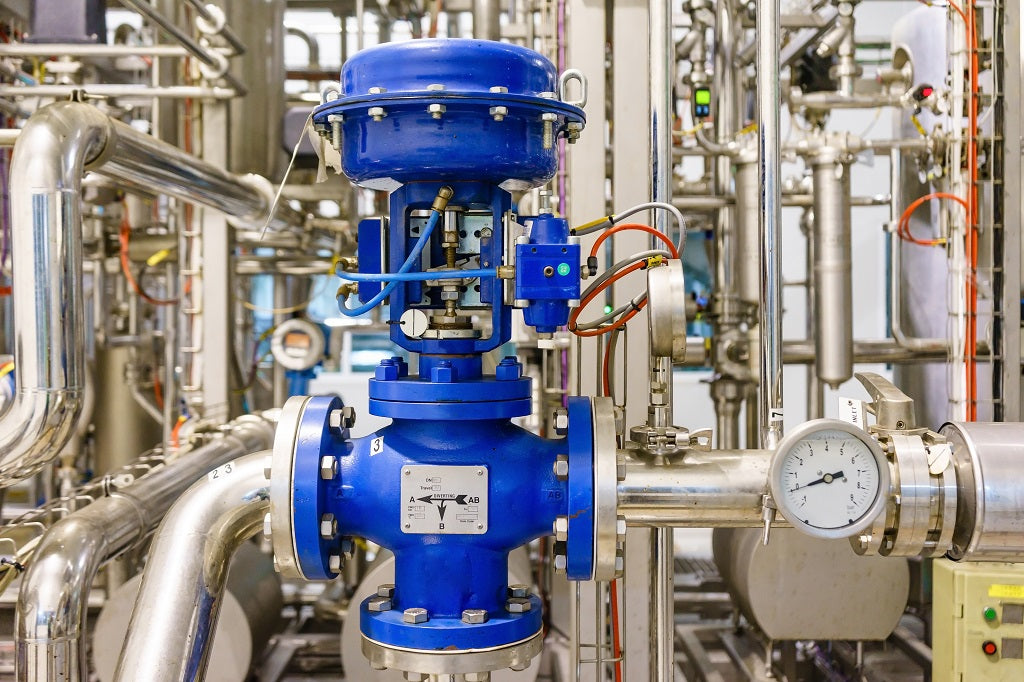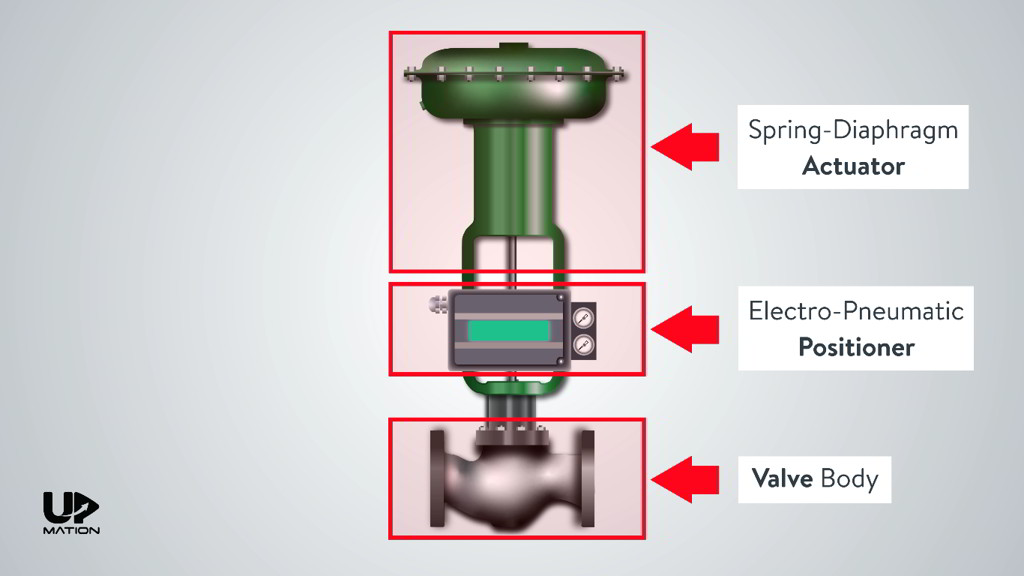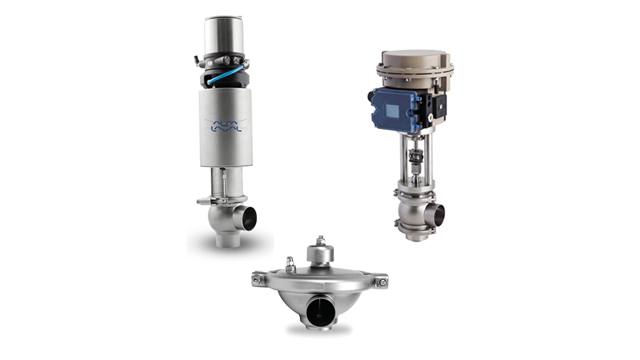How Control Valves Impact Power Performance in Industrial Settings
How Control Valves Impact Power Performance in Industrial Settings
Blog Article

Maximize Energy Savings and Comfort With Advanced Structure Automation Controls
In the realm of modern-day style and center monitoring, the combination of sophisticated building automation regulates stands as an essential innovation. The convergence of technology and sustainability has actually birthed a brand-new period where power effectiveness, comfort optimization, and functional streamlining are no more remote desires however achievable facts. By utilizing the power of automation, structures can adapt, react, and progress in methods that were once inconceivable. The potential for substantial power savings and boosted convenience is not just a possibility however a guarantee waiting to be satisfied. This standard shift in structure management holds the essential to unlocking a globe where environmental conscientiousness and occupant wellness harmoniously exist side-by-side within the walls of our frameworks.
Power Performance Advantages
Energy performance advantages can considerably decrease energy consumption and functional prices in structures. Energy-efficient systems, such as innovative structure automation controls, can enhance the use of resources like illumination, heating, and air conditioning, leading to lower energy expenditures over time.
Moreover, boosted energy performance can prolong the life-span of building equipment and systems. By running more successfully, heating and cooling systems, lighting fixtures, and various other building components experience much less deterioration, resulting in minimized upkeep and replacement prices. Furthermore, energy-efficient buildings often regulate higher building values and rental prices, offering long-term economic benefits to proprietors.
Moreover, energy performance can enhance owner convenience and performance. Properly managed indoor settings with optimal illumination and thermal problems create an even more enjoyable and favorable workspace, resulting in improved worker satisfaction and performance. Generally, the energy effectiveness advantages related to sophisticated building automation controls are diverse, incorporating cost savings, ecological stewardship, and owner wellness.
Boosted Convenience Control
Enhancing convenience control in structure environments needs an innovative integration of sophisticated automation systems for ideal occupant wellness. By making use of innovative structure automation controls, facilities can tailor the interior setting to meet the particular requirements and preferences of occupants. These systems enable exact law of temperature, lighting, and ventilation, creating a efficient and comfy ambience. Owner complete satisfaction and efficiency are carefully connected to thermal comfort, making it necessary to have systems in area that can adapt to altering conditions in real-time.
Boosted convenience control surpasses basic temperature level modifications. It includes features such as tailored settings, occupancy sensing units, and all-natural light utilization to produce a dynamic and receptive atmosphere. By incorporating these innovative controls, structures can not just improve comfort but likewise improve power efficiency by optimizing system procedures based upon actual tenancy and usage patterns. Inevitably, prioritizing occupant convenience through sophisticated automation systems results in a more enjoyable and much healthier interior environment.
Functional Efficiency Improvements

In addition, the implementation of real-time tracking and analytics tools allows structure operators to determine power inadequacies and operational abnormalities without delay. By continuously monitoring energy usage patterns and system performance check these guys out metrics, changes can be made in real-time to optimize energy intake and guarantee peak functional performance. control valves. Additionally, incorporating need feedback techniques right into structure automation controls can better improve operational effectiveness by dynamically readjusting power use based on grid problems and pricing signals
Indoor Climate Optimization
Effective indoor environment optimization is a basic facet of structure automation controls, guaranteeing passengers' convenience and wellness while taking full advantage of power savings. By utilizing advanced sensors and controls, building automation systems can constantly adjust and monitor temperature, moisture levels, air high quality, and ventilation to create an optimal interior setting. Preserving constant and comfy conditions not just enhances occupant complete satisfaction however likewise improves efficiency and overall well-being.
Interior environment optimization likewise plays a vital duty in power efficiency. By fine-tuning air flow, cooling, and heating systems based on real-time data and tenancy patterns, developing automation controls can substantially minimize energy consumption - control valves. Executing approaches such as demand-controlled ventilation and thermal zoning can assist reduce energy waste while making certain that each location of the building receives the essential conditioning.

Sustainable Environment Creation
Structure automation regulates not only optimize interior environment problems for energy efficiency and occupant comfort but also lay the structure for developing a lasting atmosphere via tactical management of resources and systems. By incorporating sophisticated structure automation innovations, such as sensors, actuators, and intelligent software, centers can keep an eye on and change power use in real-time to reduce waste try this website and reduce their carbon impact. These systems enable predictive upkeep, determining potential issues prior to they intensify and optimizing tools performance to boost durability and performance.
Additionally, sustainable setting development expands beyond power monitoring to incorporate water conservation, waste decrease, and indoor air top quality improvement. Building automation controls can regulate water usage, spot leakages, and make sure correct waste disposal methods, adding to total sustainability efforts. Furthermore, by keeping an eye on and controlling ventilation and filtering systems, these technologies improve owner health and wellness and efficiency while lowering energy usage connected with cooling and heating operations.
Verdict
To conclude, progressed building automation manages deal significant benefits in regards to energy cost savings, convenience control, functional efficiency, indoor climate optimization, and creating a sustainable environment. By applying these controls, structures can achieve optimal efficiency while minimizing power usage and boosting occupant comfort. It appears that making use of advanced automation innovation is critical in boosting building performance and developing a more sustainable future.
Energy performance advantages can considerably decrease energy usage and operational costs in structures. Generally, the power efficiency advantages associated with advanced building automation controls are multifaceted, encompassing cost savings, environmental stewardship, and passenger health.
Furthermore, integrating demand action methods right into building automation controls can even more enhance functional efficiency by dynamically adjusting power use based on grid conditions and rates signals.
Structure automation manages not only optimize interior environment conditions for power effectiveness and resident comfort but also lay the structure for producing a sustainable setting with calculated management of systems and resources.In verdict, advanced structure automation manages offer substantial benefits in terms of power cost savings, comfort control, functional performance, indoor climate optimization, and developing a sustainable environment.
Report this page